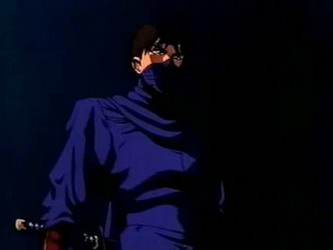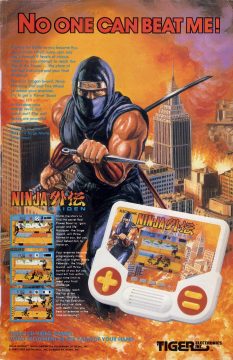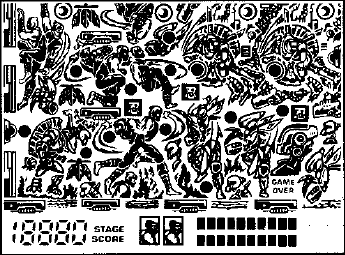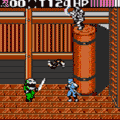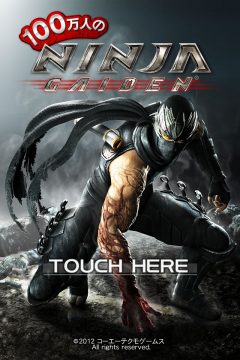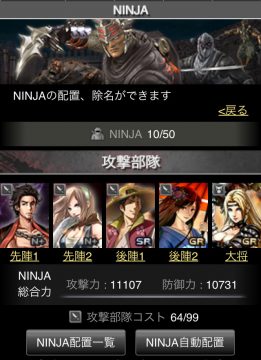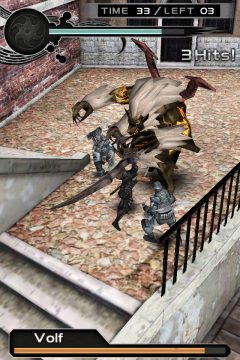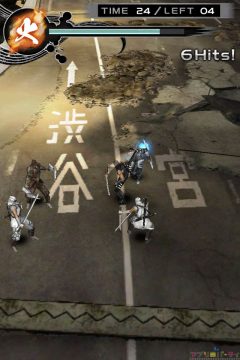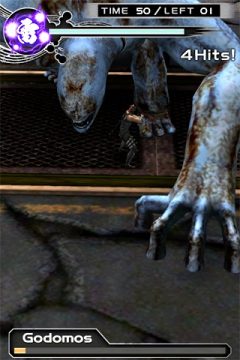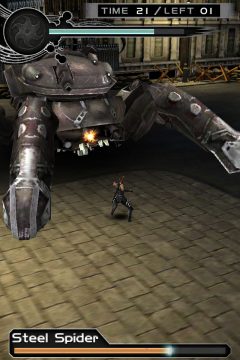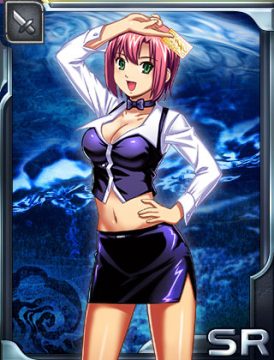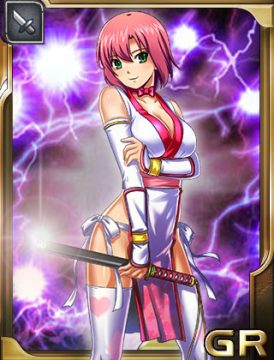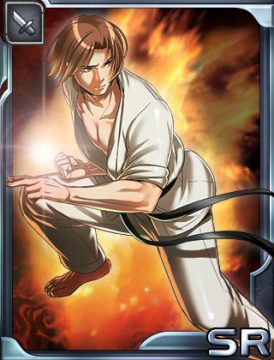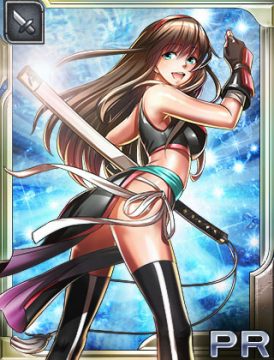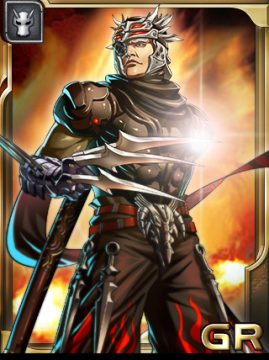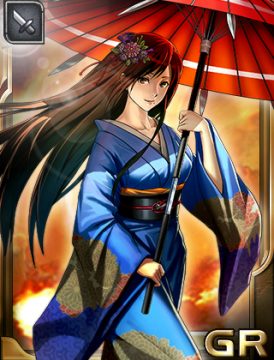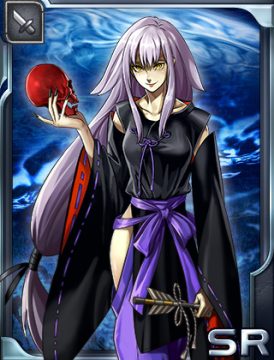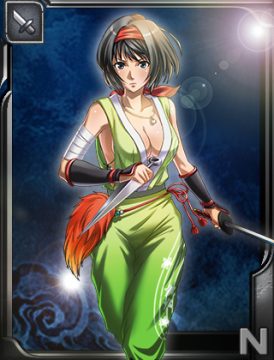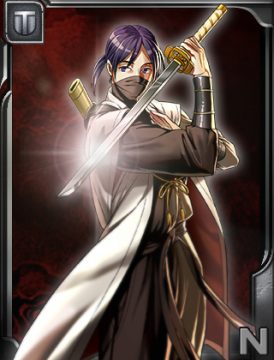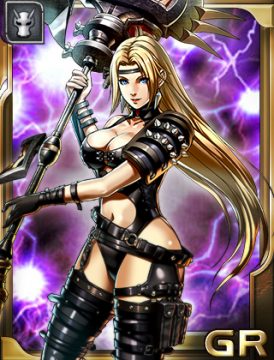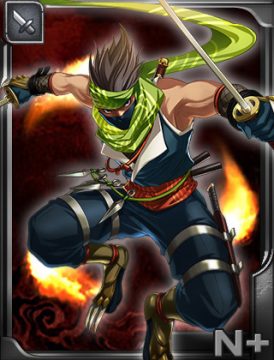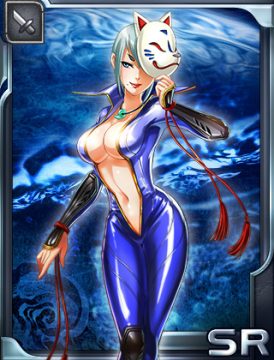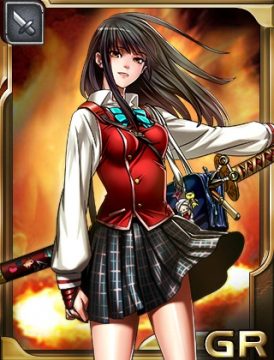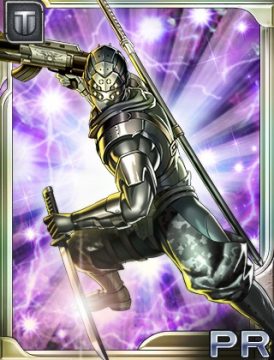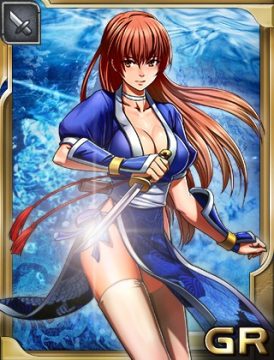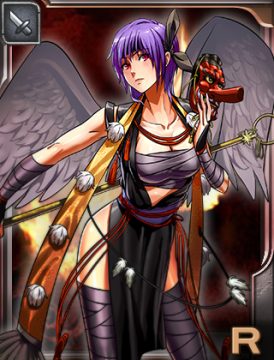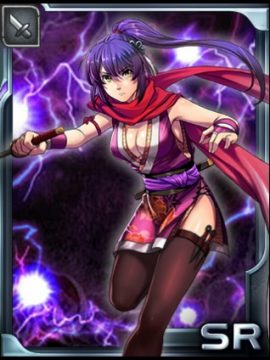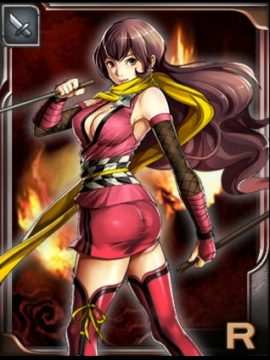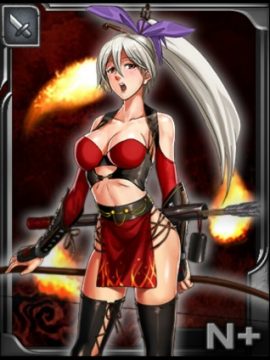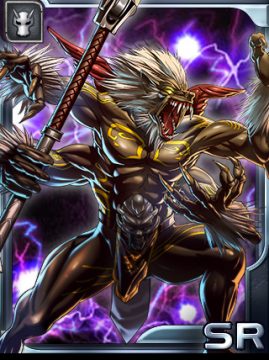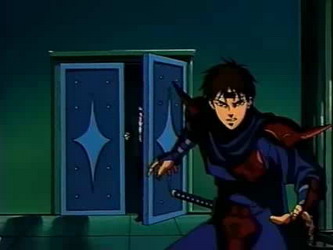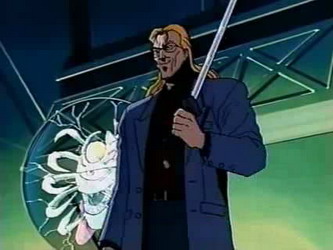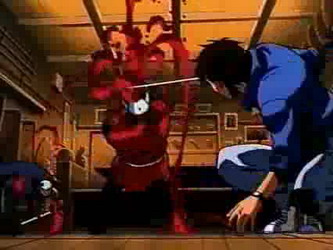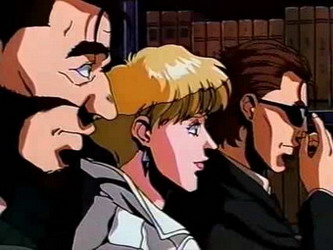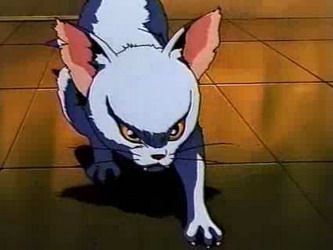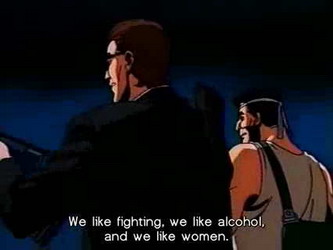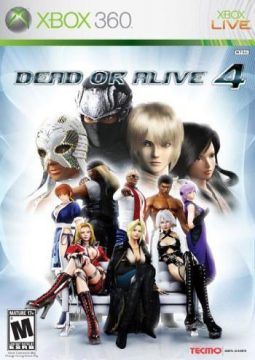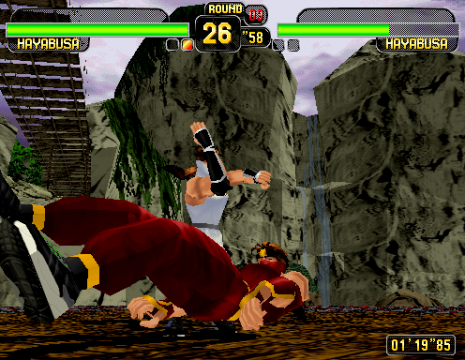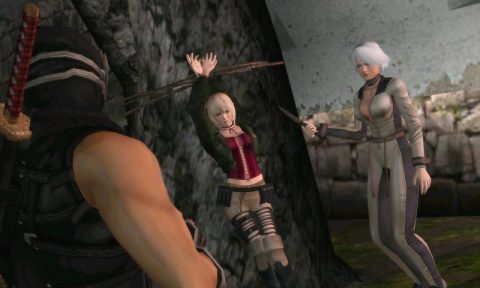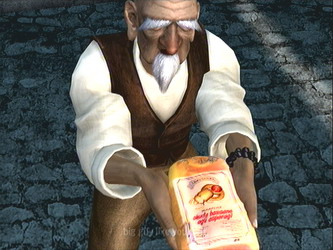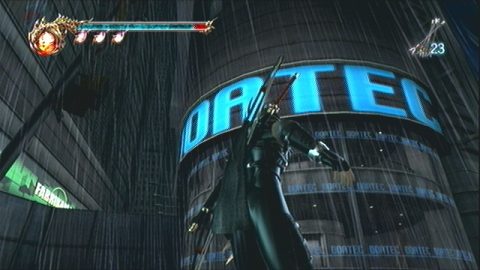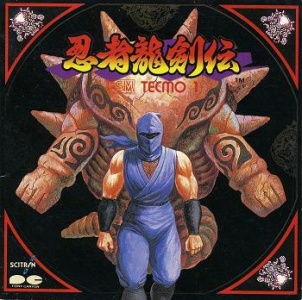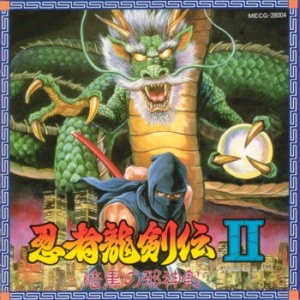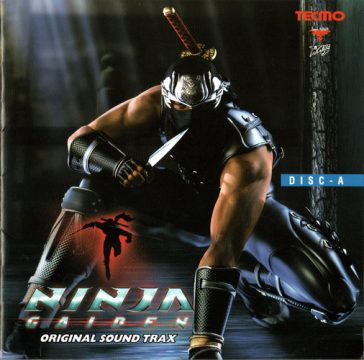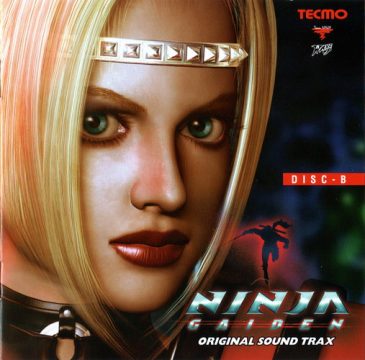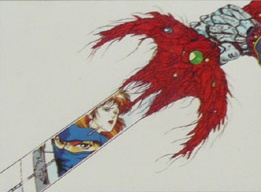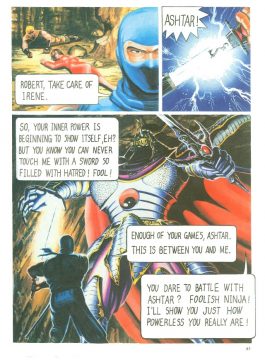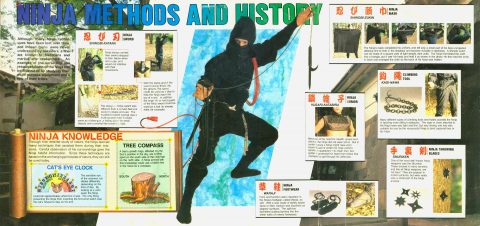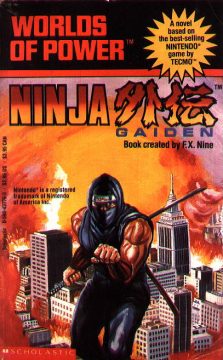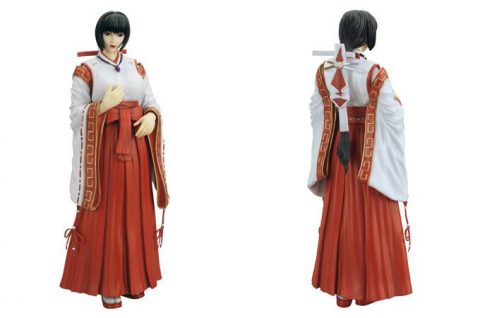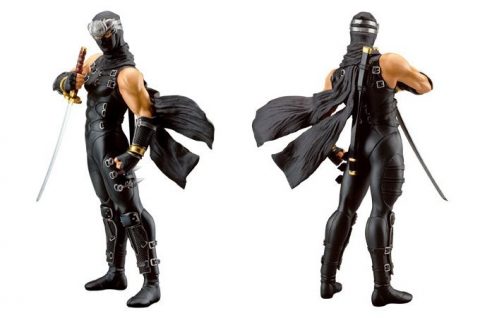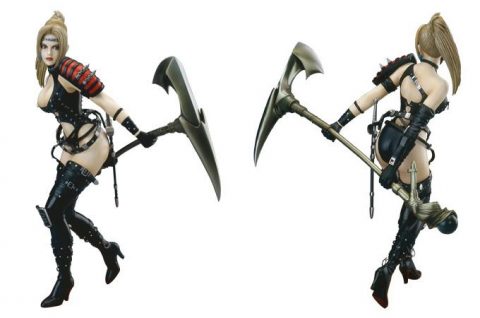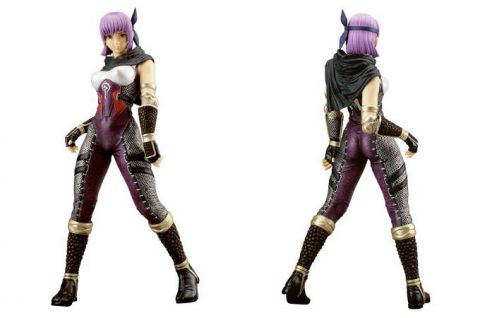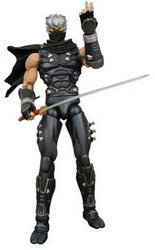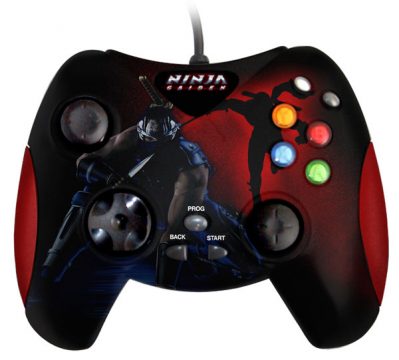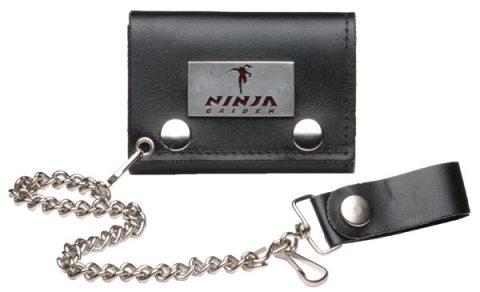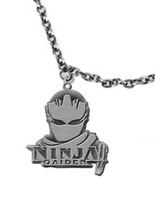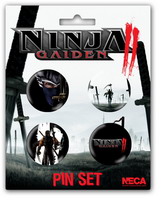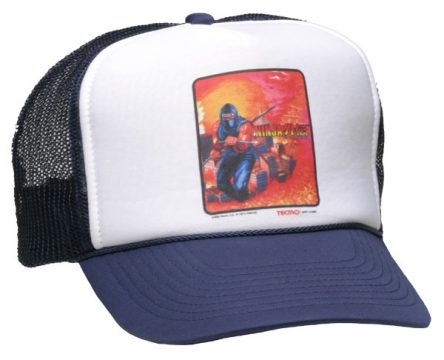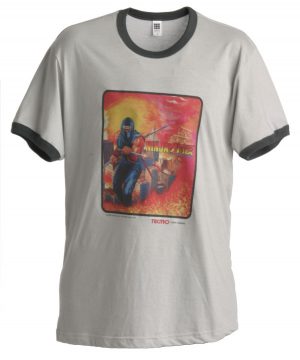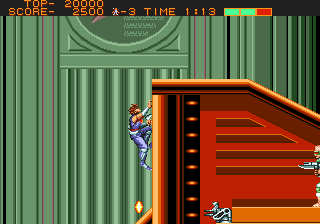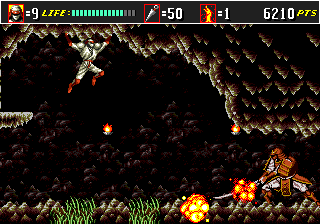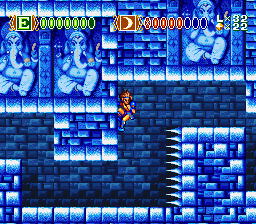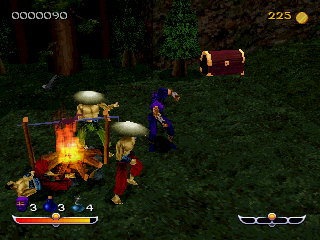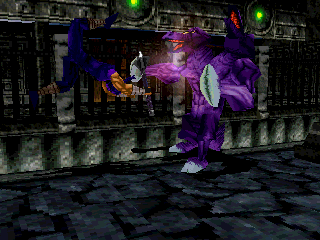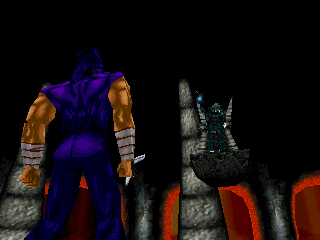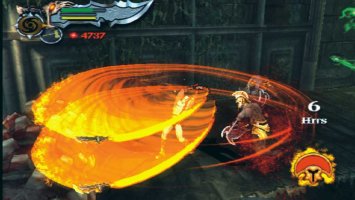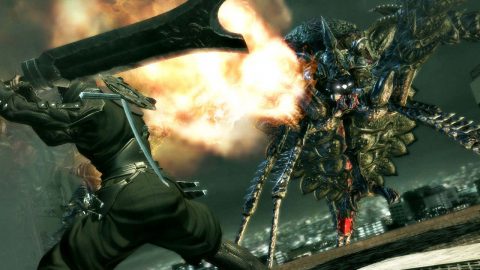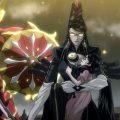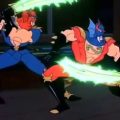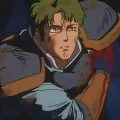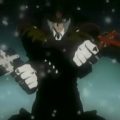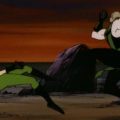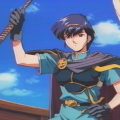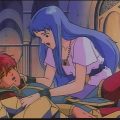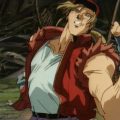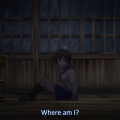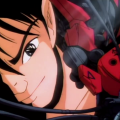- Ninja Gaiden (Arcade)
- Ninja Gaiden (NES)
- Ninja Gaiden II (NES)
- Ninja Gaiden III (NES)
- Ninja Gaiden Shadow
- Ninja Gaiden (Game Gear)
- Ninja Gaiden (Master System)
- Ninja Gaiden (Genesis)
- Ninja Gaiden (2004)
- Ninja Gaiden: Dragon Sword
- Ninja Gaiden II (2008)
- Ninja Gaiden 3 (2012)
- Yaiba: Ninja Gaiden Z
- Ninja Gaiden Old & New
- Ninja Gaiden: Miscellanous
- Masato Kato (Interview)
Tiger LCD Handhelds (1989-1992)
Who doesn’t remember having one or two (or more) Tiger handhelds as a child? In the late ’80s and early ’90s, everything was turned into a Tiger Handheld. This is all the more true for video games. Hell, Tiger went even out of their way to port Super Street Fighter 2 and Castlevania: Symphony of the night. So it doesn’t come as a surprise at all that all three NES Ninja Gaiden games got their respective LCD versions.
Tiger isn’t really famous for the same quality standard Nintendo held to their Game&Watch series, but at times they really pushed the boundaries to what complexity those games could be taken. Ninja Gaiden also featured multiple types of enemies, weapons and even bosses. On top of that, Ninja Gaiden II appeared in the “Game Talk” line, so it also featured digitized voices. Of course, the games had to cope with the limitations of the technology, so there’s not much to expect in terms of variety, animations or the like.
Other than most Tiger handhelds, who are still available at cheap price from several sources, the Ninja Gaiden series seems to have turned into collector’s items. They’re quite hard to find, and not seldom asked triple digits for. As it seems, the first game was also released in wrist watch format, but given its rarity, it’s hard to find out whether it was the same game as the handheld.
Ninja Gaiden X (忍者外伝X) – Mobile (2004)
Like many Japanese mobile tie-ins to classic games, Ninja Gaiden X was released only in Japan. It is supposed to be a prequel to the NES trilogy. Joe Hayabusa has set up a 5-storied pagoda as a challenge for Ryu, where he has to kill a hundred enemies to finally confront his father at the top. There’s not much of a story or platforming challenges and it’s really only there to kill a few minutes (and a lot of enemies) in the subway.
100 Banjin no Ninja Gaiden (100万人のNinja Gaiden) – iOS (2012)
100-Banjin no Ninja Gaiden translates to “Ninja Gaiden of a Million People”. True to the title, it is a typical iPhone “social game” affair where you collect and trade items, resources and character cards depicting the known personage from Ninja Gaiden and Dead or Alive titles, but also a range of new designs. The endless gathering is disrupted by brief 3D combat sequences, which feature environments and enemies from the more recent console games. The gameplay, on the other hand, seems to take after Ninja Gaiden Dragon Sword. At one time there were plans to bring it to The West as Ninja Gaiden Clans, but it appears that fell through the cracks.
Combat Screenshots
Cards
Ninja Ryūkenden – OVA (1991)
No year saw more Ninja Gaiden releases than 1991. Not only Ninja Gaiden III for the NES, but also the Game Boy and Game Gear games came out that same year, followed by the first and only Ninja Ryūkenden OVA, which came via Pack-In-Video in Japan. It was in development at the same time as Ninja Gaiden III, so it shares bits of its theme about biological experiments, though it tries to link it with events from the first two games.
It seems like an anime hero whose face is disguised most of the time was a no-go, and so Ryu doesn’t wear his face mask much. But the anime differs not only on a cosmetic level, the characters have also been changed a lot. Irene has been degraded from tough CIA agent to an anxious damsel in distress, and Robert, who has been thought dead at the end of Ninja Gaiden II, makes his return. Although with what is given in that game, this is not entirely impossible, the anime doesn’t explain his comeback at all, and never takes continuity with the games too seriously.
Especially in the first half of the approximately 49 minutes of running time, the overall tone is more light-hearted, and Robert, together with his friend Jeffrey, the cowardly mercenary, and his girlfriend Sarah, a reporter and close friend of Irene, often serves as a comical relief. That isn’t to say the film isn’t ultra-violent. There’s still plenty of action scenes, and most of the villains die in a bloody mess.
Though the movie isn’t quite a package bursting of fan service, it’s nonetheless a fairly entertaining piece of animation, if rather bland and not very inventive, bound to the conventions works like this often followed at that time. What little action is there is decent, the dialog unintentionally funny (there’s a fan sub floating around the internet) and the story isn’t offensively stupid. Though it certainly isn’t a must-see even for Ninja Gaiden fans, it’s nothing anyone has to regret watching.
Anyone who is into watching animes in Japanese might have heard some of the voices before, they’ve been quite busy in the business:
Ryu – Nanba Keiichi
Irene – Touma Yumi
Robert – Wakamoto Norio
Jeffrey – Gouri Daisuke
Sarah – Sakakibara Yoshiko
Ned Freeman – Ishizuka Unshou
Buckywise/Narrator – Ogawa Shinji
Catherine – Sugimoto Saori
Dead or Alive (1996-2013)
When Team Ninja created the Dead or Alive series in 1996, they found one character suitable for a fighting game already in Tecmo’s back catalog: Ryu. Usually referred to by his clan name, Hayabusa, here he assumes the role of a supporting character, being friends with the main ninja heroes of the game. One of them is Ayane, who in turn supports Ryu in the newer Ninja Gaiden games.
The very first game still mentions Irene in Hayabusa’s background story and arcade ending (although her name is misspelled “Aileen” in the English manual), but in later installments, Tecmo avoided to establish any storyline connections between the two franchises, and Ryu was stated to be the owner of a curiosity shop in the DoA series, very much like in the anime. Only Dead or Alive Dimensions reintroduced Irene, with blond hair this time.
Ryu also originally had different costumes for each series, but starting with Dead or Alive Ultimate, his modern black Ninja Gaiden suit became his standard attire in all subsequent games, and most of his other Ninja Gaiden suits can be unlocked as bonus costumes, too. Those of Ryu’s trademark moves that don’t require a weapon, like the Guillotine Throw and Izuna Drop, can also be executed in Dead or Alive.
Other than the exchange of Ryu and Ayane, there are a few more cameos to be found in the later games of each series. Muramasa appears in a story sequence for Bass in Dead or Alive 4, while you can spot a DOATec HQ in New York during the third chapter of Ninja Gaiden II on the Xbox 360. Last but not least, Dead or Alive leading lady Kasumi makes a few very short, mysterious cameo appearances in Sigma 2 and becomes an unlockable multiplayer character in Razor’s Edge.
Back in the day, two soundtrack CDs to Ninja Ryūkenden games were released in Japan. The first one was the OST to Ninja Gaiden I – the NES version as well as the arcade game. Despite the fact that most tracks have been extended with new melody voices (that would later be used for the SNES port), most tracks from the NES game are all much too short. The Arcade game tracks are longer, but sadly they’re not very exciting to begin with. Later, there was an arranged sound track to Ninja Gaiden II, which contains a vocal remix as its first track. Most of the songs sound like generic old J-Pop, though, nothing spectacular.
Both the first and second Famicom games each got an official strategy book in Japan, but in the USA, only Ninja Gaiden II was graced with its very own Nintendo Power Guide (Yeah, nowadays its hard to find a game without an official guide in existence, but back then, it was still something special). It is of interest because it follows Nintendo Power’s tradition to create original artworks for their guides. Here they show hilariously westernized versions of Ryu, Irene and Robert, among other things (despite them being actually drawn by Japanese artists at Tokuma Shoten, in this case Katsuya Terada and Kazunori Aihara). The most entertaining bit has to be the two pages of “Ninja Methods and History”, showing requisites, photos and descriptions that look like they’re taken straight out of one of those campy ’80s ninja flicks.
Worlds of Power: Ninja Gaiden (1990)
Worlds of Power was a children’s book series based on several 8-bit video games, created by Seth Godin to get 10-year-old video game junkies to read a book once in a while. He chose the pseudonym F.X. Nine, so that the books could be found next to “Nintendo” in book stores, although none of them were officially licensed and thus all are based off third party games. All the books show this same pseudonym, but they were written by different authors, this one by Peter Lerangis, under yet another pen name called A.L. Singer.
The book to Ninja Gaiden followed the plot of the first game rather closely, but as the series was aimed to young children, no one was allowed to die. Furthermore, as with most books in the series, Ryu’s weapon was edited out on the cover image, which makes him look rather stupid. There’s also one major plot change because Ryu’s father also stays alive in the book. No boy should have to grow up without his father, right? This kind of supposed protection of children’s innocent minds seems quite unnecessary and hypocritical in this case. After all, if the target audience wasn’t the kids who had played the games, where the hero was killing his enemies by the dozens, then who was?
Needless to say, the book has not been considered canon by Tecmo, but it is usually recognized as a fairly decent read for children.
Other Mechandise
There are also some big (1/6 scale) PVC Statues made by Kotobukiya, so the manufacturing quality is really good and they look totally great, given that the female ones got the usual exaggerated proportions. NECA has announced the release of a Ryu action figure quite a while ago, which was finally released in 2008. It doesn’t look quite as good as the statues, but of course there’s bound to be compromises in favor of flexibility. NECA also did any thinkable kind of merchandise crap for Ninja Gaiden II – baseball caps, necklaces, wall scrolls and whatnot.
Tecmo already launched a bigger merchandise campaign when the first Xbox game came out, during which even the classic series got some love with t-shirts and trucker hats. The coolest product out of the bunch was probably the airbrushed Xbox controller by Nuby.
Rip-Offs?
While Ninja Gaiden itself was heavily inspired by Castlevania, it also introduced an important new element into the action genre with the wall climbing/jumping. Technically, the Master System port of Rastan Saga was the first game to feature a wall jump, but it doesn’t seem likely that the developers copied the feature from that one. Not only lies less than a year between the two games’ releases, the SMS Rastan was also never available in Japan, making it questionable whether it had any impact at all on developers there. The late ’80s and early ’90s saw the appearance of several platformers using that or a similar feature, but due to close release dates and differences in the implementation, it’s not easy to tell who was inspired by whom, or even if there’s any connection at all.
In early 1989, Capcom released Strider Hiryu in the arcades, also a somewhat ninja themed game, but it featured far more flexible controls. Hiryu was the first free climbing video game hero, who may have actually influenced Ninja Gaiden‘s further development together with the aforementioned Shadow of the Ninja (Strider, as well as its spiritual successor, Osman, even has the copies following the hero that were later adopted for Ninja Gaiden II, though neither of them executes that feature very well. You can even play through Strider without ever finding that power-up).
Other notable titles are the NES movie tie-ins Batman (1989) and Darkman (1991), which both feature masked, dark, ninja-like heroes. While Batman went for a wall-jump relying on timing like the later Master System Ninja Gaiden, the climbing in Darkman works just the same as in Ninja Gaiden III, only not as reliably. Sega didn’t introduce climbing and wall jump abilities into their very own Shinobi series until 1993, when they released Super Shinobi 2 (or Shinobi 3in the west), possibly inspired by the company’s sojourn into the Ninja Gaiden series. The endings in both Super Shinobi games are also suspiciously similar to cut scenes from Tecmo’s series.
There are a lot of games foreign to the ninja theme that nonetheless use similar abilities, like Gargoyle’s Quest(1990), Contra 3 (1992), Megaman X (1993), Sky Blazer (1994), or Gargoyles (1995), but their possible ties to Ninja Gaiden are even more dubious. Less ambiguous are two NES games that do not feature wall jump mechanics, but bathe in Ninja Gaiden aesthetics: Vice: Project Doom and the unreleased but leaked Time Diver Eon Man.
Despite being developed by Core Design in the UK, Ninja: Shadow of Darkness (1998) almost seems like a missing link in the Ninja Gaiden series. The game, a mix between beat-em-up and 3D platformer, stars a ninja in a bluish-purple suit who of course is totally not Ryu Hayabusa, fighting other ninjas, samurais and demons. There’s no wall jumping or climbing (kind of odd for a Ninja Gaiden clone by the Tomb Raider company), but ninja magic, smoke bombs and a selection of temporary melee weapons. It’s also just as hard as Tecmo’s games.
Most interestingly, it’s almost more similar to the Xbox Ninja Gaiden from six years later. Special moves are executed by charging the attack button, just like Ninja Gaiden‘s UTs, items are bought at some old geezer’s store, and there are treasure chests with traps inside (a habit both games share with Capcom’s classic Ghosts ‘n Goblins series). The bat enemies behave quite the same, and some bosses resemble fiends from Team Ninja’s 2004 revival. One scene in particular almost seems like too much of a coincidence: At some points in the game, the hero is sent to an arena in hell, where a devil sitting high on a throne summons enemies for him to fight, just as Marbus does in Ninja Gaiden. After seeing that, it becomes hard to accept that Team Ninja was oblivious about this underdog, as unlikely as the claim that Japanese developers drew inspiration from a British niche title that wasn’t even released over there might sound.
It’s hard to say whether there are any modern action games that rip off the new Ninja Gaiden series, since most of its elements were well established already before it saw the light of day. The God of War games have a very similar system of colored essences, though. Also, both games share the importance of blocking and dodging enemies’ attacks more than any other action game. As mentioned earlier, Team Ninja returned the favor by copying Kratos’ main weapons for Ninja Gaiden II.
When Ninja Blade by From Software (of Tenchu fame) was first announced for the Xbox 360, everyone expected it to be a blatant Ninja Gaiden clone. A third person action game starring a modern ninja fighting demons in a city, with cheesy dialogue and a ridiculous story – sounded quite like Tecmo’s well known action series. When the game was released, however, it became clear that the similarities ended there. Instead, Ninja Blade‘s combat plays much more like a Devil May Cry clone, and it also copies the inclination to forced attempts of coolness that Capcom’s series is famous for. That doesn’t mean it shies away from getting inspired by God of War, as well (keyword: blades on a chain). A good portion of the game also takes place in lengthy, over-the-top Quick Time Events, whose pacing tends to cause a feeling more like a spectator than a player at times.
